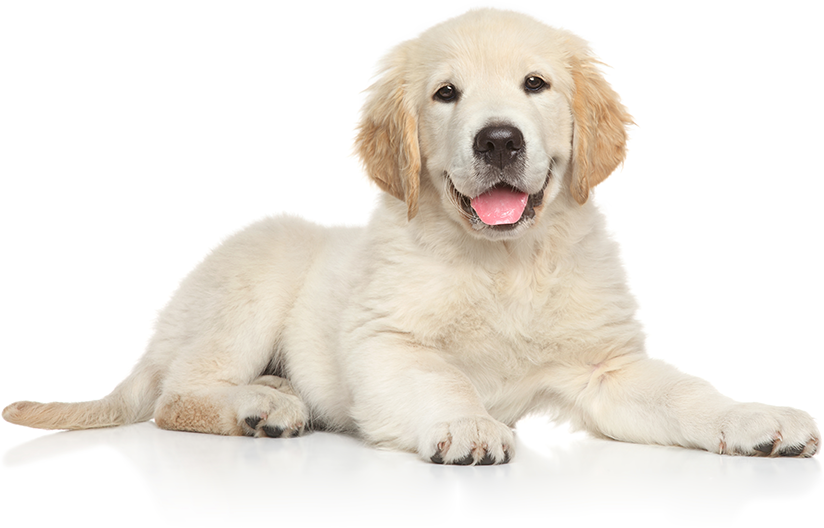
Oct 01, 2020 | By, For Pet's Sake
How to become the best dog walker you can be
It’s National Walk Your Dog Week from Oct. 1 to Oct.7, and what better way to celebrate than to get out on the trails and exercise with your pet? You might think it’s as simple as saying, “Let’s go for a walk,” but you actually need to do a bit more preparation before you become an expert dog walker.
Use the proper equipment
There are so many attractive smells and intriguing objects in the world. Your dog wants to sniff and look at all of them. You’ll notice this as they try to pull you during your walks, but you can prevent this by using a harness. A harness is better than a collar for long walks because it reduces tension on your dog’s neck when they pull. It also gives you more control and helps teach them that pulling doesn’t work.
Give them the chance to explore
Keeping your dog under control and allowing them to, well, be a dog is a delicate balance. You don’t want to be flying by the seat of your pants as they lunge toward something in the distance, but you also don’t want to restrict their breathing or sniffing. Dogs have hundreds of millions of scent receptors in their noses, and they use that sense of smell to find potty spots and to explore the environment. If you prevent your dog from smelling something, you are taking away the fun and reducing the mental stimulation from the walk.
Bring water and treats
Just like humans, dogs need to recharge during and after exercise. Pack a water bottle and a portable bowl so your dog can stay hydrated. Try to give your dog an ounce of water per pound of body weight. If you notice your dog has low energy or sunken eyes, or the skin on their neck doesn’t immediately snap back when you pull it, your dog might be dehydrated.
Treats are a nice snack to keep your dog moving during your walk, and because dogs respond so well to positive reinforcement, you can use the treats to teach your dog to stop or sit on command.
Teach them to walk as though they aren’t on a leash
Have you ever seen those dogs who walk by their owner without a leash and wonder how such discipline is even possible? Part of that could be the dog breed, but part of it is also training.
Dogs naturally like to go in the opposite direction when you pull on the leash. Instead of yanking the leash and potentially injuring their neck, use that positive reinforcement technique to reward them when they walk by your side. Give them leeway on the leash, and stop walking when they try to pull. You can try using commands like “Leave it” or “Heel” to trigger your dog to listen. The goal is to make your dog act appropriately without noticing the leash is there.
Practice makes perfect
You’ve heard all the advice, but now it’s time to put it into action. Practice your walking commands inside or in your yard without a leash. As your dog improves, add in the leash and repeat the training while you’re out on your walk. Just like potty training, your dog will eventually learn to behave how you’d like, at least most of the time.
Be sure to practice common courtesies like picking up after your dog’s waste and asking other owners for permission before you allow your dog to meet theirs. Most of all, enjoy your walk!
Have a question about pet health? Want to become the best possible pet parent? Find helpful tips, reminders, and insight to giving your furry friend the best possible care with For Pet’s Sake! Learn more at drdevonsmith.com.

